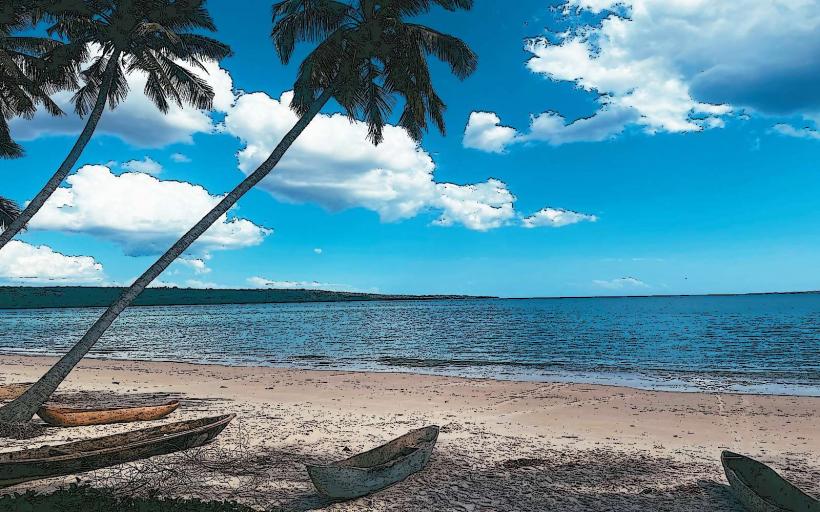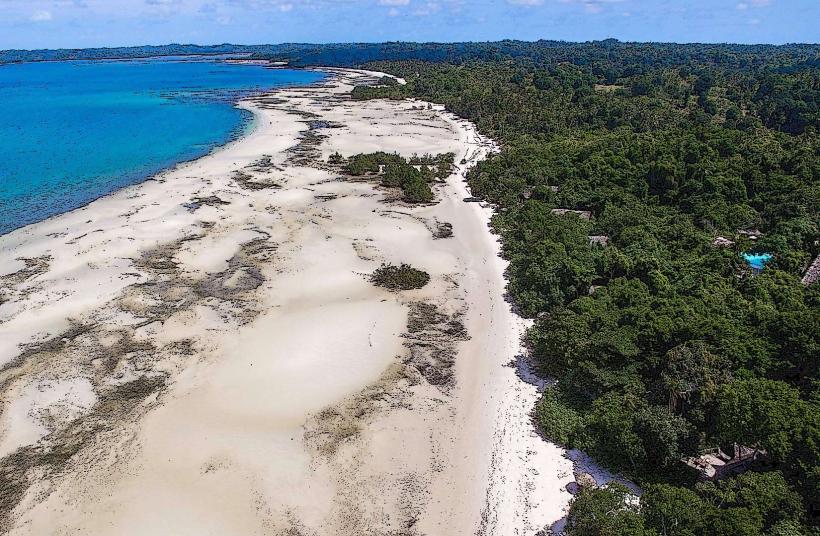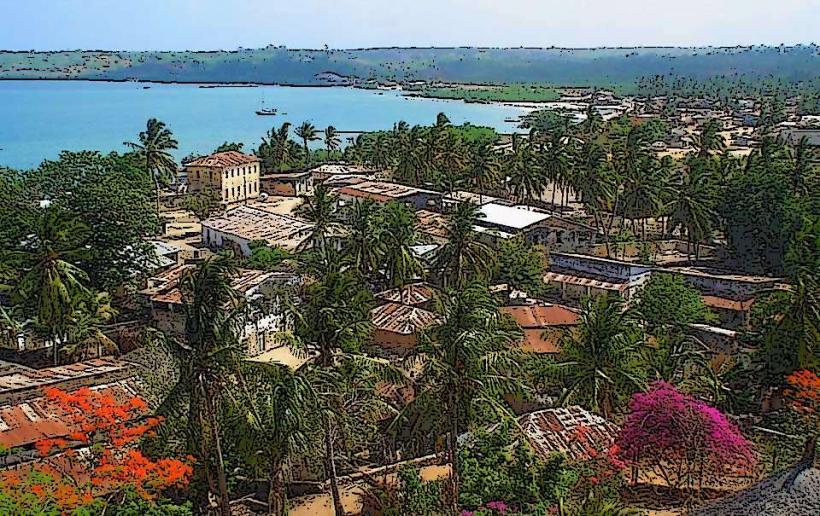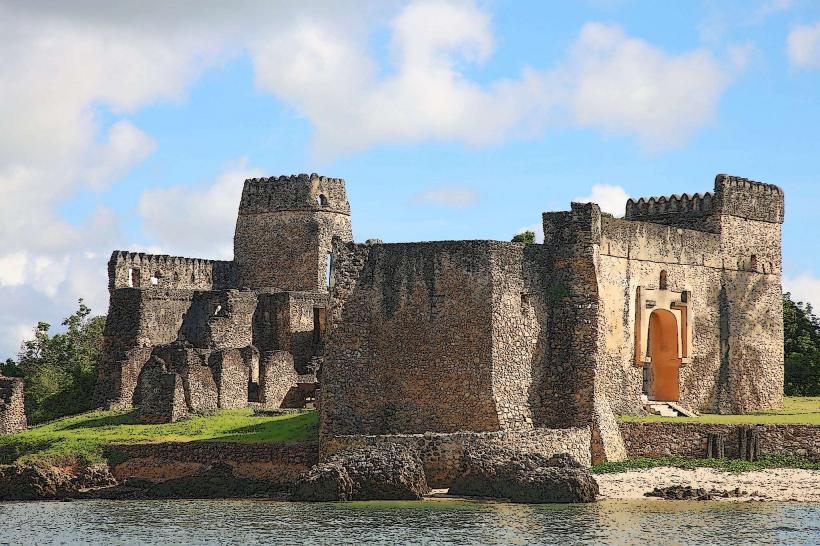Information
Landmark: Songo MnaraCity: Lindi
Country: Tanzania
Continent: Africa
Songo Mnara, Lindi, Tanzania, Africa
Overview
Songo Mnara sits on Tanzania’s southern coast, in the Kilwa Archipelago of the Lindi Region, its crumbling coral-stone walls marking it as a site of deep historical and archaeological importance, along with it’s located on Kilwa Kisiwani Island, a UNESCO World Heritage Site where weathered coral-stone walls still face the sea.Songo Mnara is famous for its remarkably intact ruins of a Swahili coastal town that flourished between the 14th and 16th centuries, when merchants traded gold and spices across the Indian Ocean, in turn songo Mnara was once a lively trading town, one of several Swahili city-states, where residents bartered spices, cloth, and beads with merchants from Arabia, Persia, and India.Songo Mnara thrived as a bustling hub, sending out ivory, gold, spices, and enslaved people while bringing in fine ceramics, radiant glass beads, and richly woven textiles; its wealth reached its height between the 14th and 16th centuries before fading, likely as trade routes changed and history turned elsewhere, consequently today, the ruins reveal elegant stonework-mosques with worn prayer niches, palaces, tombs, and homes-still standing in the sun-bleached silence.Coral stone shapes the very scan of Swahili coastal towns, its pale, pitted walls catching the glare of the midday sun, besides the Great Mosque of Songo Mnara stands out as one of the site’s most striking landmarks, its weathered stone walls catching the late-afternoon light.The mosque towers over the area, its wide prayer hall cool and echoing under high arches, with a slender minaret rising skyward-a clear mark of the strong Islamic presence here when the settlement first took root, consequently the ruins of the palace complex reveal the town’s former importance, with carved stone columns and grand halls that speak to the rulers’ wealth and refined taste in architecture.At Songo Mnara, archaeologists have uncovered several tombs, a quiet record of how its people once laid their dead to rest beneath the sun-baked earth, also some tombs carry clear Islamic designs-arched niches and carved inscriptions-while others echo the simpler shapes and patterns of Swahili tradition.Excavations have uncovered ceramics, coins, glass beads, and other trade goods-slight, timeworn pieces that point to the town’s ties with distant trade networks, subsequently songo Mnara belongs to the rich Swahili Coast tradition, shaped over centuries by the mingling of African, Arab, Persian, and Indian influences, much like the blended spices in a bustling seaside market.You can spot this blend in the site’s Islamic-style arches, its carefully planned streets, and the intricate carvings on worn stone walls, after that it’s one of several ancient Swahili trading towns-alongside Kilwa Kisiwani and Zanzibar’s Stonetown-that show how advanced the civilization’s urban planning and culture once were.Songo Mnara itself sits on Kilwa Kisiwani island, a short boat ride from the mainland town of Kilwa Masoko, also kilwa Masoko sits about 250 kilometers, or 155 miles, south of Dar es Salaam.From there, you can hop on a tiny boat across the glittering water to Kilwa Kisiwani and wander through its crumbling, sun‑warmed ruins, in turn because the site sits on an island, you’ll usually get there by private boat or as part of a guided tour.The ruins are at their most inviting in the dry season, from May to October, when the air is clear and the paths are firm underfoot, after that from November to April, heavy rains can make getting there tricky-boats in particular struggle when the water swells and mud clings to the shore.Kilwa Kisiwani offers more than the journey, though: you can wander among the crumbling arches of the Great Mosque or the weathered stones of the ancient Sultanate, furthermore just across the channel, Kilwa Masoko has places to stay and plenty of services for travelers.You can stay there before or after exploring the ruins, besides so why visit Songo Mnara?As far as I can tell, First, its history runs deep-it’s a striking example of Swahili coastal life and a key point in the story of Indian Ocean trade, after that hike among weathered stone mosques, palaces, and houses, and you’ll behold the skill and style of builders from centuries past.The site reveals a rare mix of African, Arab, and Indian influences, each leaving its mark on the culture, equally important for archaeologists, it’s a treasure under UNESCO’s protection, and for travelers, it’s a quiet site where the sea breeze carries echoes of a bustling ancient port.
Author: Tourist Landmarks
Date: 2025-09-13





